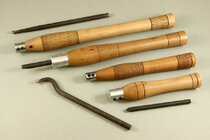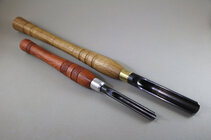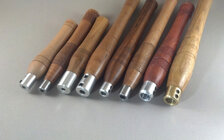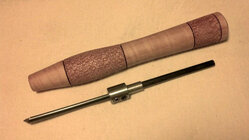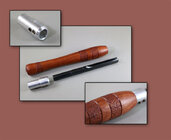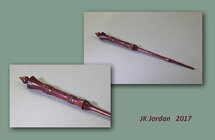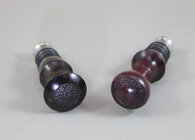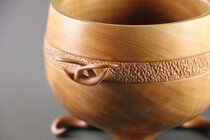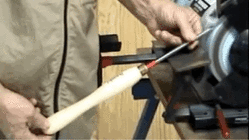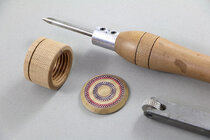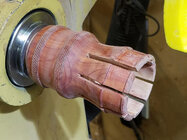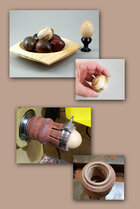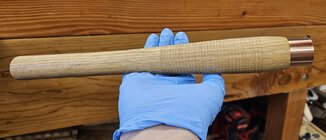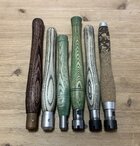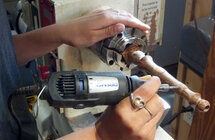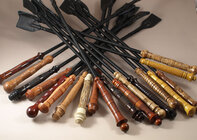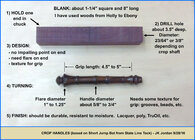I'll be turning a few new wood tool handles for some Carter scrapers. Wood I have on hand that will provide the blank size I need include white oak, cherry, hard/sugar maple, maybe walnut, and hickory. I have no ash, I'd have to buy some. Ash is typical for wood-handled tools from Crown, Sorby, etc.
It's been a long time since I've made lathe tool handles and the last time I did, I used sugar maple for a couple hollowing scrapers, and it seems dense enough that every action at the cutting edge has viration that rings right up to my hands. It doesn't qwell the vibes as well as ash. The hickory I have seems just as hard and dense as the sugar maple, may not be the best choice, unless you feel otherwise.
If you've made a variety of wood handles over time, do you have a preferred species you like to use? Others to avoid? Thanks.
ps- I'm not going to metal handles, I do not care for them.
It's been a long time since I've made lathe tool handles and the last time I did, I used sugar maple for a couple hollowing scrapers, and it seems dense enough that every action at the cutting edge has viration that rings right up to my hands. It doesn't qwell the vibes as well as ash. The hickory I have seems just as hard and dense as the sugar maple, may not be the best choice, unless you feel otherwise.
If you've made a variety of wood handles over time, do you have a preferred species you like to use? Others to avoid? Thanks.
ps- I'm not going to metal handles, I do not care for them.

